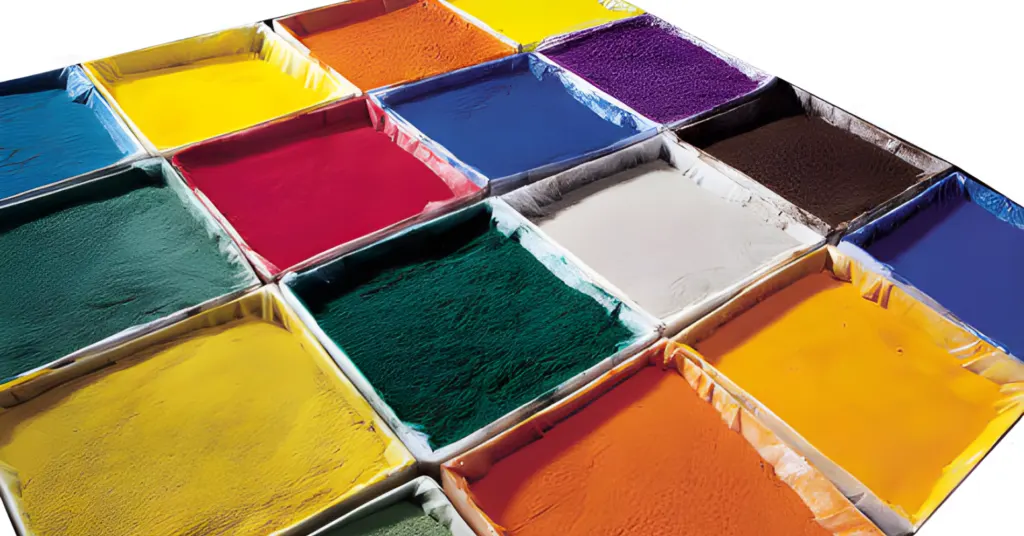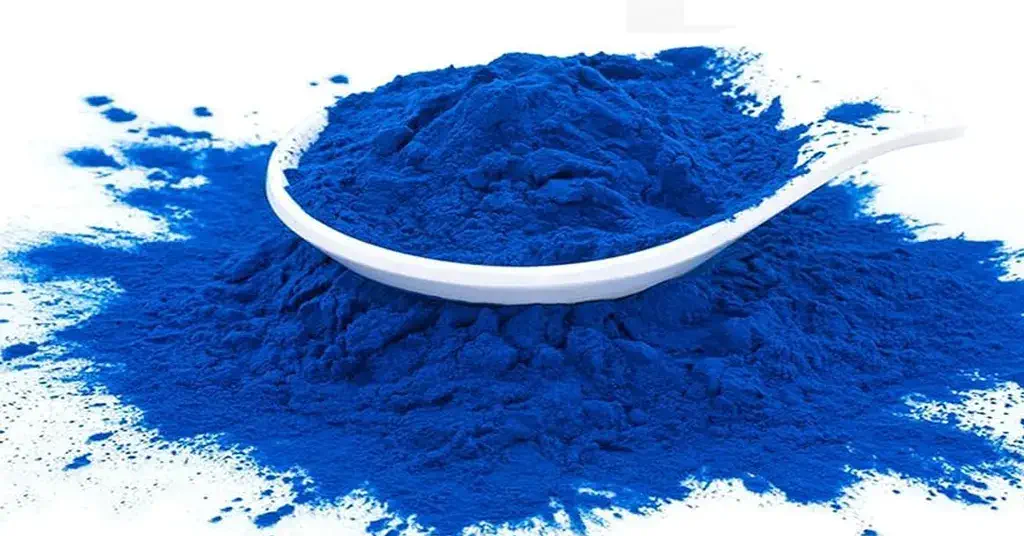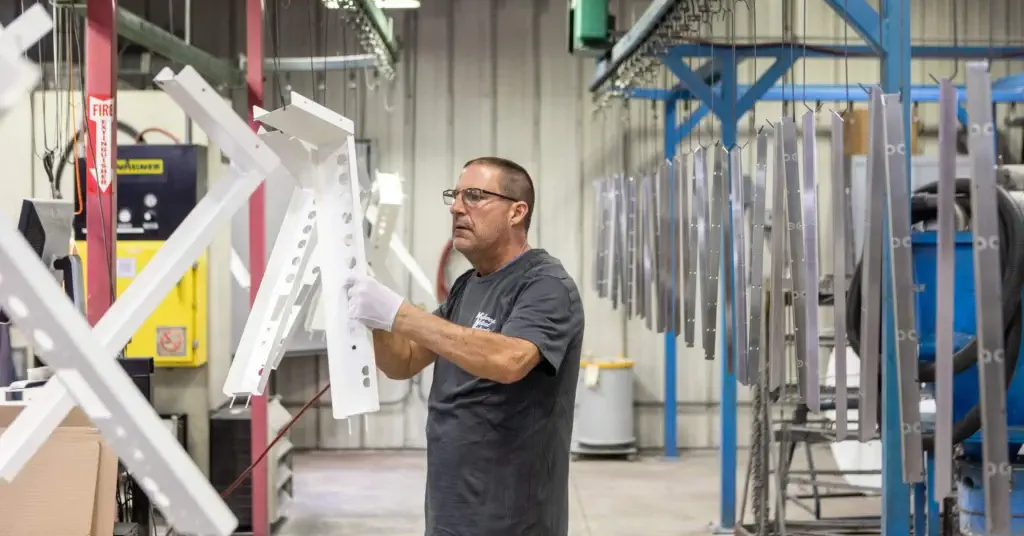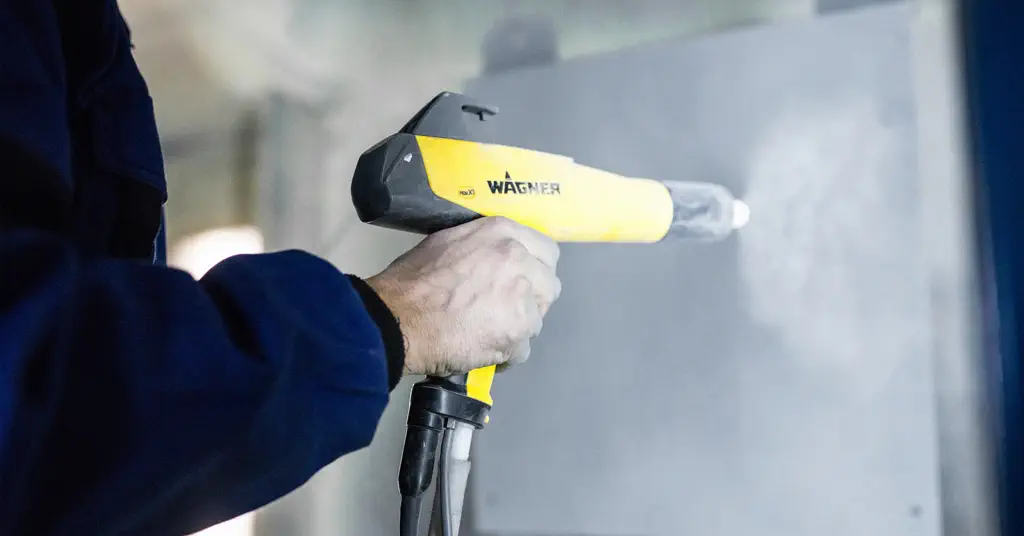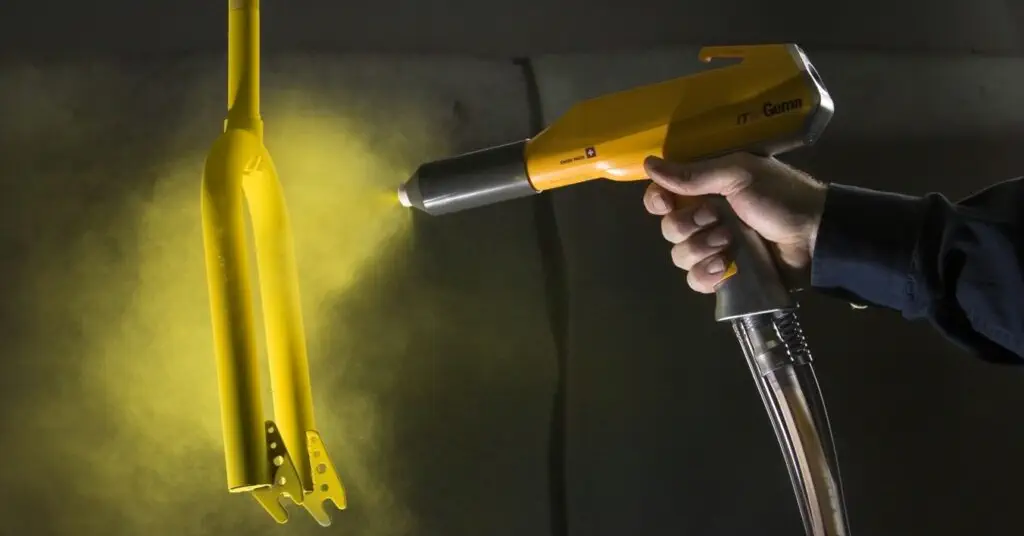The Science Behind Epoxy Powder Coating: How It Works and Why It Lasts
Epoxy powder coating is a cutting-edge finishing technology that has transformed industries by providing durable, high-quality, and eco-friendly surface protection. But what makes it so effective? In this article, we’ll dive into the science behind epoxy powder coating, explaining how it works, why it lasts, and why it’s a superior choice for protecting metal surfaces.
The Science Behind Epoxy Powder Coating
1. Electrostatic Application
The process begins with the electrostatic application of the powder. The powder particles are given a negative charge as they pass through a spray gun, while the metal surface is grounded. This creates an electrostatic attraction, ensuring the powder adheres evenly to the surface. This method minimizes waste and ensures complete coverage, even on complex shapes.
2. Thermal Curing
After application, the coated object is placed in a curing oven. The heat causes the powder particles to melt, flow, and chemically react to form a continuous film. This process, known as cross-linking, creates a strong, durable bond with the metal surface. The curing temperature typically ranges from 300°F to 400°F (150°C to 200°C), depending on the specific epoxy formula.
3. Cross-Linking and Polymerization
During curing, the epoxy resin and hardener in the powder undergo a chemical reaction called polymerization. This reaction forms a three-dimensional network of molecules, resulting in a tough, resilient finish. The cross-linked structure is what gives epoxy powder coating its exceptional durability, chemical resistance, and adhesion.
Why Epoxy Powder Coating Lasts
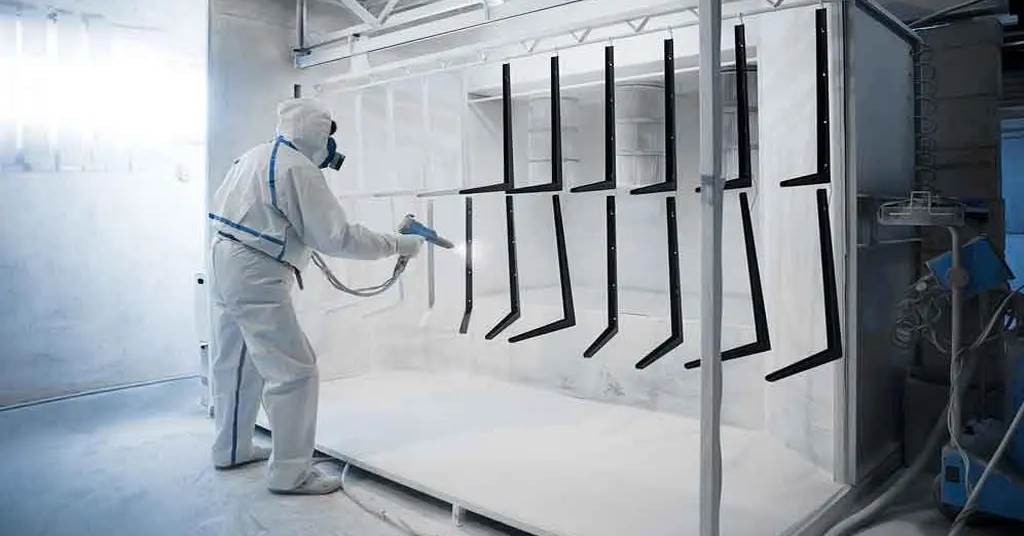
Seamless, Non-Porous Finish
Unlike liquid paints, which can leave microscopic pores or uneven layers, epoxy powder coating forms a seamless, non-porous barrier. This prevents moisture, oxygen, and chemicals from penetrating the surface, significantly reducing the risk of corrosion and degradation.
Superior Adhesion
The electrostatic application ensures the powder adheres tightly to the metal surface, creating a strong bond that resists chipping, peeling, and flaking.
Chemical and UV Resistance
Epoxy powder coatings are formulated to withstand exposure to harsh chemicals, UV radiation, and extreme temperatures. This makes them ideal for outdoor and industrial applications.
Abrasion and Impact Resistance
The cross-linked polymer structure provides excellent resistance to physical wear and tear, ensuring the coating remains intact even in high-stress environments.
Long-Term Durability
Thanks to its robust chemical and physical properties, epoxy powder coating can last for decades with minimal maintenance, making it a cost-effective solution for long-term protection.
Applications of Epoxy Powder Coating
Epoxy powder coating is used in a wide range of industries due to its durability and versatility. Some common applications include:
Automotive: Protects car parts like wheels, chassis, and engine components from corrosion and wear.
Architecture and Construction: Used on metal structures, railings, and facades to enhance durability and aesthetics.
Industrial Machinery: Provides a protective finish for equipment exposed to harsh operating conditions.
Electronics: Ensures insulation and corrosion resistance for metal casings and components.
Marine Industry: Protects boats, ships, and offshore structures from saltwater corrosion.
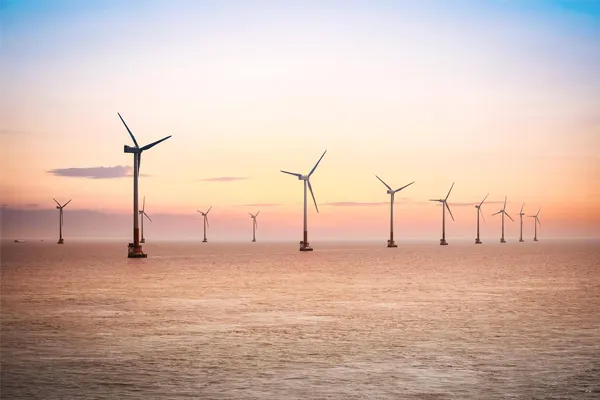
Offshore Wind Turbines
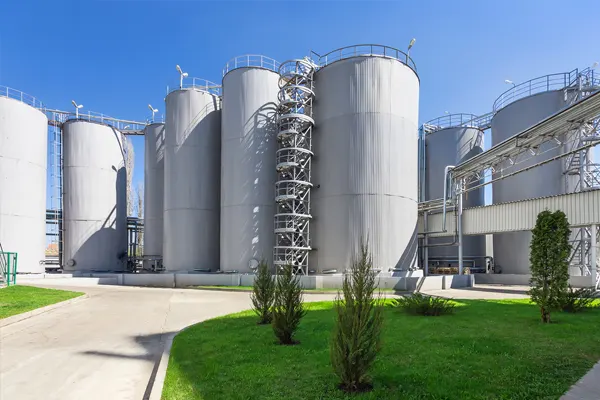
Chemical Storage Tanks
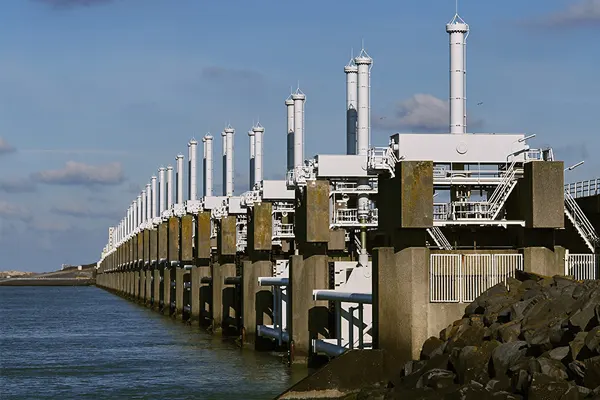
Coastal Infrastructure
Advantages of Epoxy Powder Coating
Eco-Friendly
The solvent-free process reduces VOC emissions and waste, making it a sustainable choice.Cost-Effective
The efficient application process and long-lasting durability reduce material waste and maintenance costs.Aesthetic Versatility
Available in a wide range of colors, textures, and finishes, epoxy powder coating allows for customization to meet specific design requirements.Quick Curing Time
The thermal curing process is faster than traditional paint drying, enabling quicker turnaround times for projects.
Tips for Maximizing the Benefits of Epoxy Powder Coating
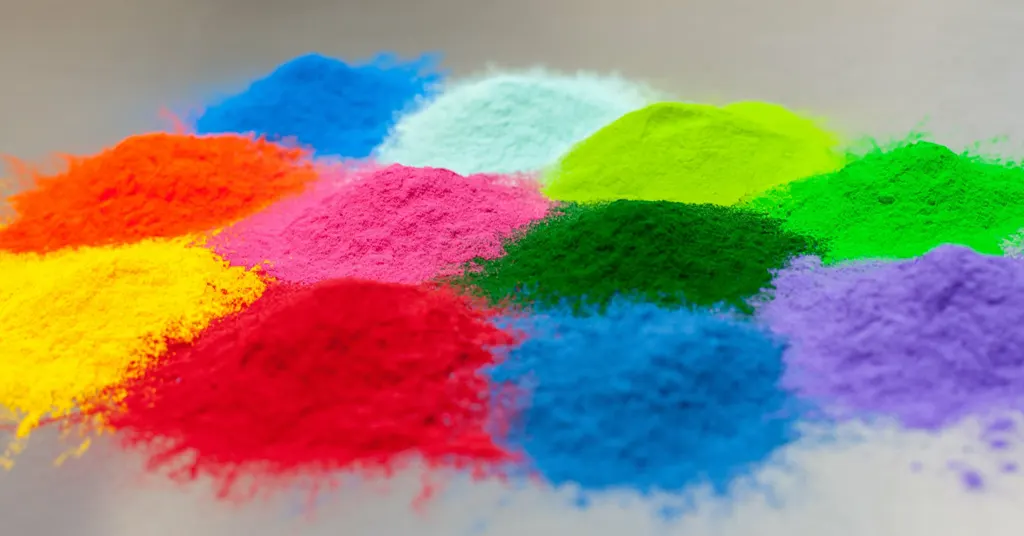
Proper Surface Preparation
Clean and prepare the metal surface thoroughly to ensure optimal adhesion. Techniques like sandblasting or chemical treatments can remove rust, grease, and old paint.Choose the Right Formula
Select an epoxy powder coating tailored to your specific needs, such as high-temperature resistance or enhanced UV protection.Work with Professionals
Partner with experienced applicators to ensure proper application and curing for the best results.Regular Maintenance
Inspect coated surfaces periodically for signs of wear or damage, and address any issues promptly to maintain the coating’s effectiveness.
Conclusion
The science behind epoxy powder coating explains why it’s such a durable and effective solution for protecting metal surfaces. From its electrostatic application and thermal curing to its cross-linked polymer structure, every step of the process is designed to deliver long-lasting performance. Whether you’re in the automotive, construction, or marine industry, epoxy powder coating offers a reliable, eco-friendly, and cost-effective way to enhance the durability and appearance of your metal assets.

Erik
Doctor of Chemical Engineering, expert in the field of powder coatings, with over 20 years of professional experience in the research and application of powder coatings
Have Anything To Ask Us?
